Tour Tamar Valley Wine Country With a Local Expert
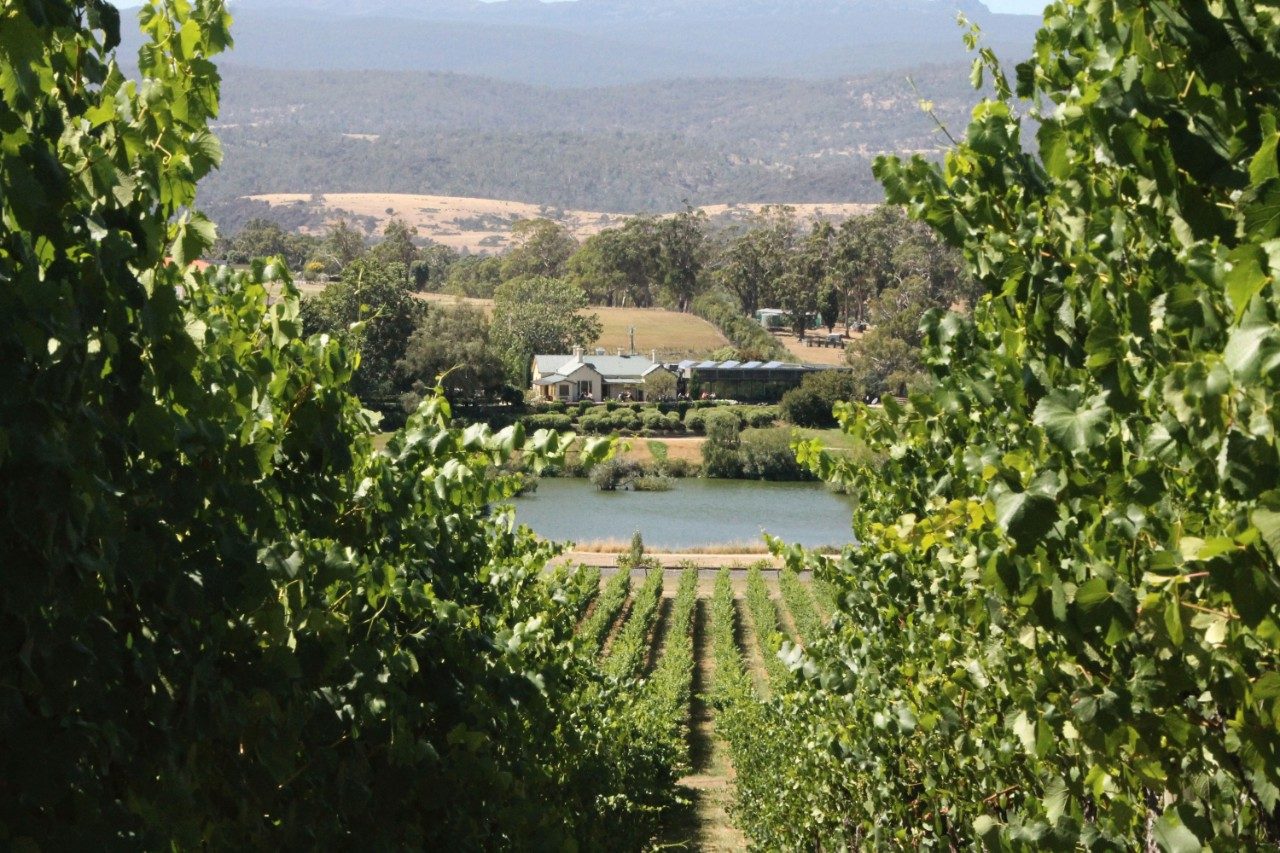
Join gourmet farmer Matthew Evans on an epic do-it-yourself wine tour and food discovery through the Tamar Valley, Tasmania, as he uncovers the best wineries, cellar doors, restaurants and accommodation pit stops.
It feels like augmented reality. On seemingly every laneway, at every turn, at every gate, there’s the name of a winery that wouldn’t be out of place on a three-hatted restaurant drinks menu. The Tamar is sprinkled with names such as Pipers Brook, Stoney Rise, Tamar Ridge and Grey Sands. Touring it is like perusing the wine list at Sydney’s Quay.
Starting about 15 minutes north-east of Launceston’s CBD, the Tamar Valley also looks like a postcard and how a wine region should be laid out: green meadows dotted with sheep or cattle. Paddocks fringed with trees. Woodlands bordering neat rows of vines. Market gardens tucked in next to rolling hills with water views. As far as produce goes, it has the goods. There’s a free-range pig farm boasting its own smallgoods. A snail farm at a vineyard, the molluscs fattening on canola. Turn around once and there’s pastured eggs, organically grown vegetables and those new Tasmanian staples – whisky and cider.
Under normal circumstances, from Sydney, you can be in Launceston in about the same time it takes to get to the Hunter Valley on a Friday night – under two hours by plane. Over the ditch from Melbourne, it’s a quick flight of around an hour. But it’s a world away from both cities in other ways. The locals have more time for a smile and a chat. The food has a style all its own, the service genuine, the dining great. And it’s all borne out of Tasmania’s relative isolation. Arrive early on Friday and you can get a cracking lunch and great wine at Jo Chromy, 10 minutes from Launceston airport, before you even hit the Tamar or catch sight of the city. Two days here rejuvenates the soul. The problem is, two days isn’t nearly long enough to see, eat or drink it all in.
What to do on day one
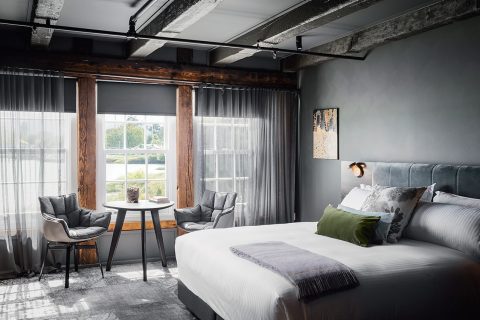
Get up early. Or don’t. If you’re staying at Seven, the accommodation at finedining stalwart Stillwater (pictured above), it may be hard to pry yourself away from the cloud-soft bed. But do emerge before nine because great things await. Nearby Bryher (pictured below) café for one. This cosy eatery does a fabulous line in omelettes and pastries. It sources directly from local growers and the steaming bowl of four-grain porridge with stewed rhubarb that I order is a hit.
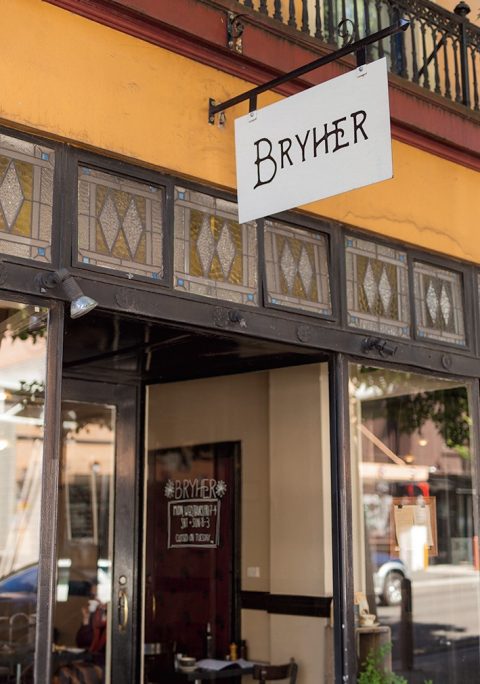
Seeking sustenance to get the most from today, I head to Alps & Amici for bread and cheese then drive north. The Tamar Valley is divided by the Tamar River, with only two crossings, one at Launceston, the other further north. I take the East Tamar Highway to the cellar door of Andrew Pirie’s Apogee. Pirie is considered by many as the founder of the modern Tasmanian wine industry, first at Pipers Brook then later with the Ninth Island and Pirie labels. Apogee, his personal vineyard, is focused on soil health and trellising techniques. Pirie reckons he could teach the French a thing or two about both but it’s a two-way street. In his bookings-only cellar door, he shows me the handcrafted nature of sparkling wine in the French tradition; blowing yeast from the frozen neck of a bottle then tasting the result. Apogee, meaning “the pinnacle”, is the accomplished result of a lifetime’s work.
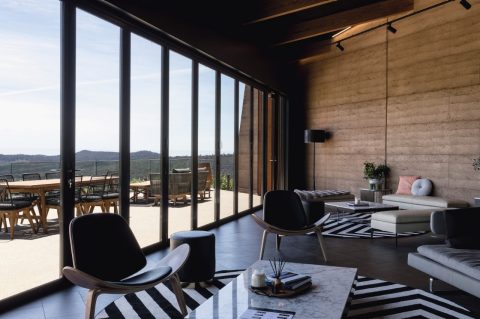
Close by Pirie’s winery is a place that’s a contrast in looks; the rammed-earth cellar door of Clover Hill (pictured above). I snaffle a bottle of its premium pink fizz then keep driving north.
En route I poke my nose into Fork It Farm, a heritage-breed pork producer and smallgoods maker and score some free-range, nitrate-free ham, before landing at Sinapius vineyard. If Andrew Pirie is the godfather of the Tasmanian wine scene, wineries such as Sinapius, Swinging Gate and Stoney Rise are the naughty children, making new-age wine for those who like wild yeast or close plantings and a more relaxed style.
If I headed any further north I’d be in the drink. Driving into Lulworth is what we locals would call Tassie-as. And tucked plus an olive grove whose name I’ve seen before. And tucked into this unassuming coastal shack community is a quite unexpected find. Mathew Cooper runs a whisky distillery that looks, from the outside, like a modern Colorbond garage. Inside, it’s a different story. A trained diesel mechanic, Mathew has welded his own still, fashioned his own grain roller and is fermenting the best barley he can find. He’s also crafting a very rare, very expensive and delectable range of small cask whiskies under the moniker Fannys Bay. I succumb to the allure of the shiraz over the sherry version and walk away poorer (it’s $250 a bottle, yikes!) yet much richer for the experience.
It’s a decent drive back to Launceston, with plenty of stops at wineries if you want, plus an olive grove whoe name I've seen before. At first light, I’d fallen in love with the Lentara Grove skincare range that’s provided in the bathrooms at Seven – it’s made from the olives grown here on the East Tamar and you can stock up on olive oil as well as Lentara’s indulgent lotions by appointment, Friday to Sunday.
Feeling the need to work off the whisky, smallgoods and sparkling wine, I venture along the Tamar Island Wetlands walk, meandering through paperbark groves and across isles mid-river. It’s within sight of Launceston but feels a long way from town. By the time I’m back at the hotel, it’s starting to rain. My suite has a deep bathtub so I soak away the day before heading downstairs for a dish of wallaby with black truffle, another of fine discs of heirloom carrot with stracciatella and honey dressing and a final plate of squid soba, which is divine.
SEE ALSO: 8 Perfect Weekend Getaways in Tasmania
What to do on day two
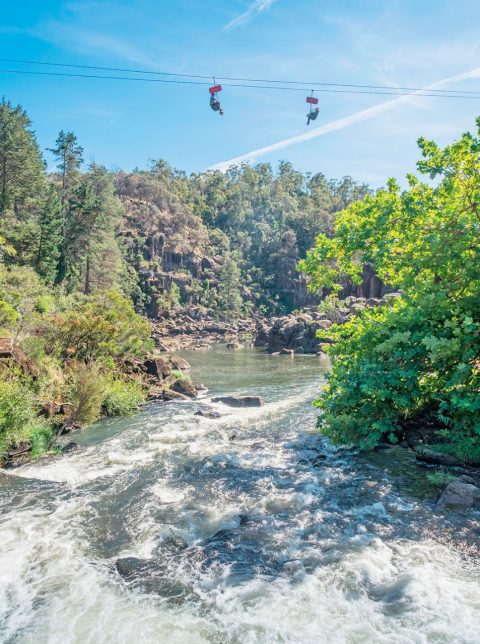
The seagulls could well be up before you are. So might most of Launceston. I linger just long enough to have breakfast at Stillwater. I like the sound of the spiced beef mince with chickpeas and egg but instead cleanse with house-made granola, ridiculously nutty and sweetened with berries.
I’m staying only minutes away from Cataract Gorge (pictured above). It’s a bracing walk beside Jurassic dolerite cliffs to the Victorian-era garden at its head. Exotic trees were planted a century and more ago and a pool put in. The playground of the late 1800s is a damn good place to spend the morning, including the delightfully picturesque chairlift ride across the expanse.
I spend an hour traipsing the cliff faces and parks, trying to spot some of the 90-plus bird species that inhabit the area, charging my appetite and clearing my palate. Good thing I did. Some of the most food-friendly cider you’ll find in the nation is tucked up in the East Tamar. Brady’s Lookout Cider is named after Matthew Brady, the so-called Gentleman Bushranger (ladies of the era wrote to the governor pleading for mercy on his eventual capture). It’s proper grown-up cider in tall bottles, using Méthode Traditionnelle (champagne) techniques and countless heritage apples. Caro Brown, who makes the cider with her husband, Chris, shows me around the new cellar door, with its timber façade, deep cellar and exemplary cider. “Like good winemakers, we decided the best thing we could do was to learn from where they had a history of cider making – France,” says Caro. It was worth the journey.
What’s more, at between $20 and $25 for a longneck (750ml), it seems very good value for something so elegant.
Up this side of the Tamar Valley is Marion’s Vineyard, a beautiful space with interesting wines and a small plantation of giant redwoods. And Winter Brook, where snails are served as a snack at the cellar door in the summer, when the molluscs aren’t hibernating.
Many wineries offer platter food but a more substantial meal can be found at Timbre Kitchen, chef Matt Adams’ excellent restaurant at Velo winery. It’s just before I hit town on the way back to my digs. His grilled cheese on soda bread, cooked over a wood fire, is amazing, a homage to local produce, great cooking and intelligence in the kitchen.
With a few dinner options to consider, I opt for an intimate setting in town at Pachinko, chef Jonny McCoy’s modern take on Asian. Try the “feed me” menu, with dishes such as Moulting Bay oysters with mirin and soy, lamb ribs with Sichuan spice and, the surprise favourite, caramelised brussels sprouts with black beans.
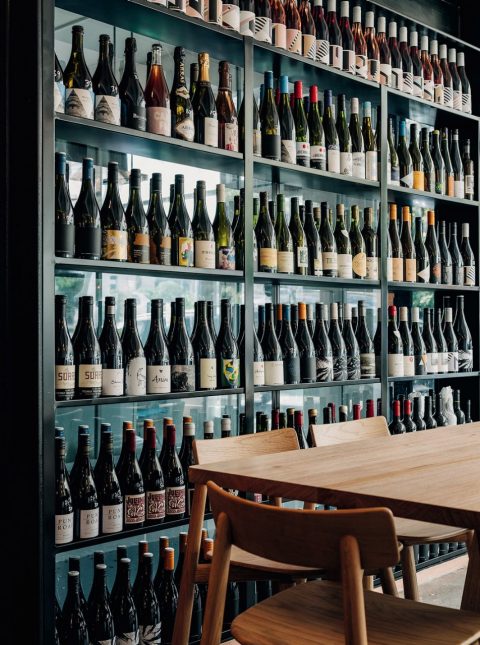
Nearby, just-opened wine bar Havilah (pictured above) is at its guest limit; COVID-19 restrictions mean that I should’ve booked. But the missed opportunity is all the incentive I need – walking back to the hotel to dream deep, I start mapping out my return to this region, which serves at every turn.
SEE ALSO: The Best Things to See and Do in the Huon Valley



